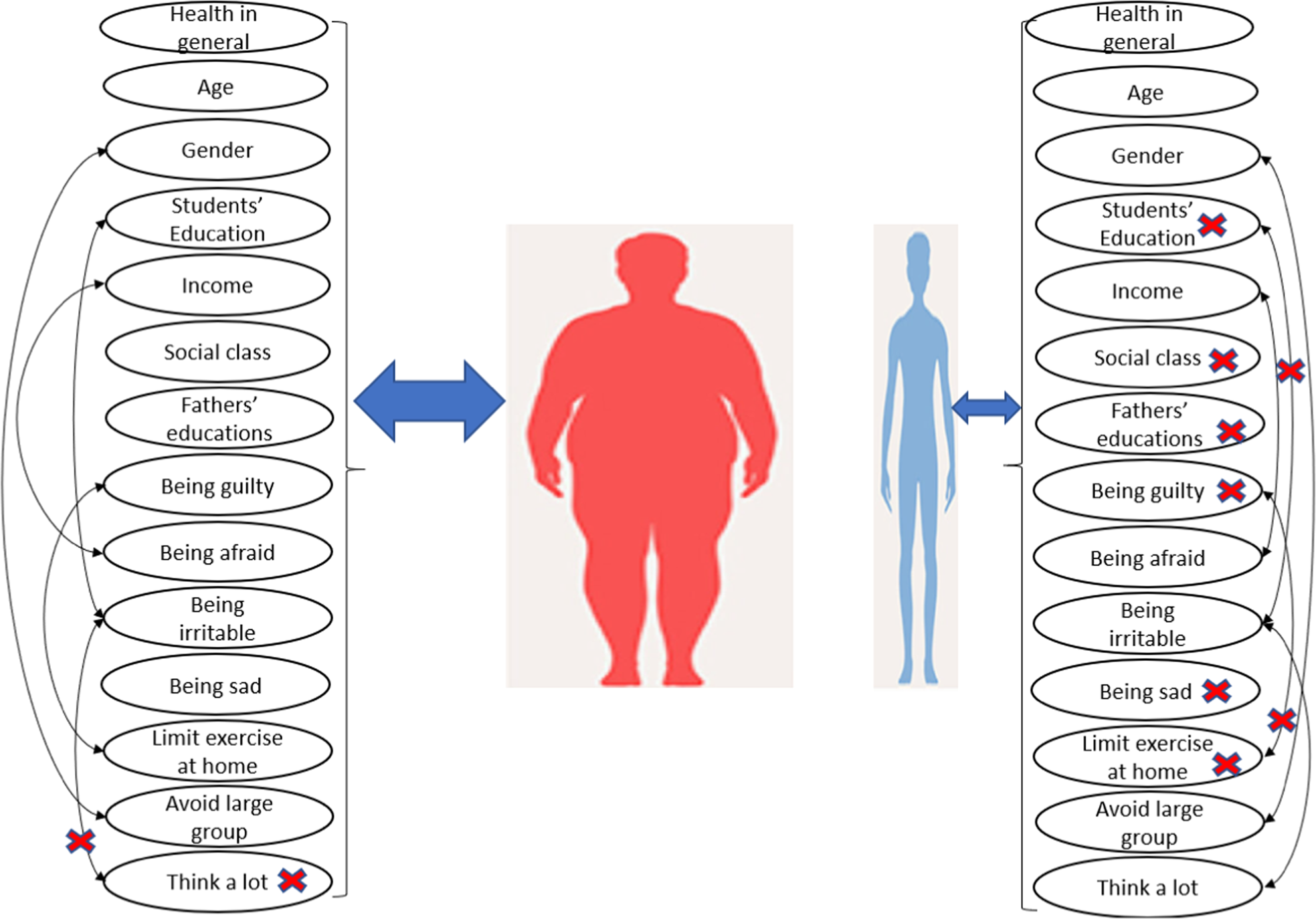
Long-term care has become a blanket term for anyone who needs assistance longer than a doctor prescribed amount of time. But what really is long-term care? Long-term care covers a wide variety of needs from recovery care after a fall or surgery to full-time live-in care. Most commonly, it is needed as loved ones get older and have a harder time taking care of themselves and their home.
Table of Contents
Companion Care
Companion care is the most frequently overlooked category of long-term care. As activities become more difficult — for whatever reason — sometimes it’s nice to have someone who can come by and lend a hand while still allowing you to dictate how you live your life. The value of companionship can’t be underestimated when talking about the quality of life. Caregivers are matched to a client based on their personality and needs so that they can bond over shared experiences. Ideally, this will lead to a willingness on the part of the senior to express their feelings and be able to ask for necessary assistance more quickly. Companionship activities include shopping and errands, gardening, scrapbooking and other hobbies, home project assistance, and medication reminders. This is a friendly helping hand for projects that a loved one could handle but have now become difficult.
Homemaking Care
Homemaking care focuses on homemaking skills such as medication reminders, meal planning and prep, light housekeeping, laundry, making the bed, and plant care. Eventually, these activities become burdensome, and it is nice to know that someone will be coming by with some regularity to lend a hand. The caregiver will work with the senior to create an easy plan to follow so that all the necessary chores and household activities will be taken care of in the proper amount of time.
Personal Care
Personal care is what most people think of when they think of home care solutions. It involves personal activities and assistance with all activities of daily living. Common services are assistance with restroom trips, bathing, dressing, grooming, and other general hygiene needs. In addition to these needs, some homemaking and companion care needs can also be addressed as the situation allows.
Live-in and Overnight Care
The most comprehensive level of care is live-in and overnight care. While the two are not the same, they cover all needs that would happen during their respective time periods. Live-in care has a professional caregiver present 24 hours per day. Overnight care typically involves an 8–10 hour shift during traditional sleep hours based on the client’s needs. Included in overnight care is assistance with activities of daily living during traditional sleep hours. Care typically begins a few hours before settling down for bed, with a professional caregiver who will remain awake throughout the evening in case your loved one wakes up with any care needs, then concludes after the morning routines of your loved one are completed. This type of care ensures that one has care throughout the night when needed. Even if your loved one does not wake during the overnight hours, you still have peace of mind.
Griswold Home Care Orlando has 40 years of experience in-home care. Let the professionals at Griswold Home Care guide you through the long-term care process. Founded on the values of empathy, compassion and care, they focus on giving people the help they need to live in the place they love. They are available to discuss your needs with you and show you what services they can refer to assist you and your loved one.



:max_bytes(150000):strip_icc()/hypersexuality-f7219c0faf93488b82402d4f9d20e454.jpg)


